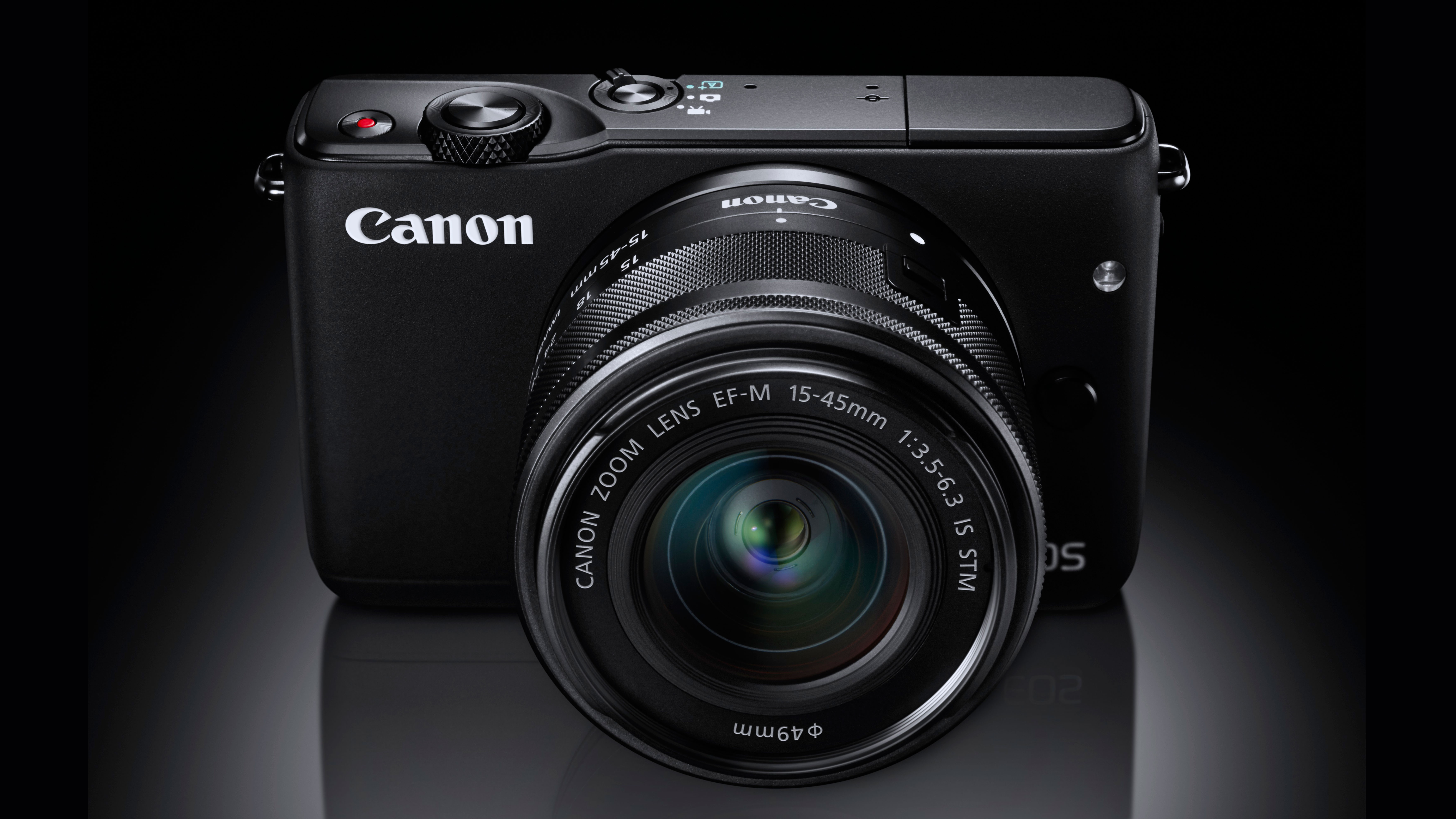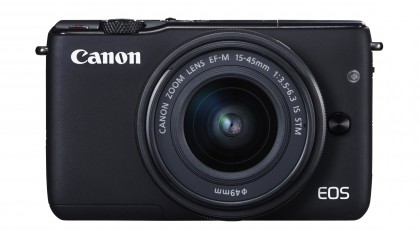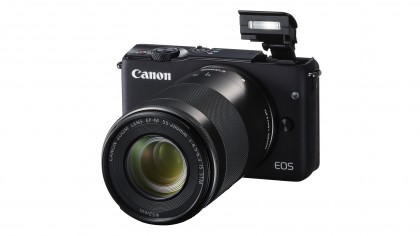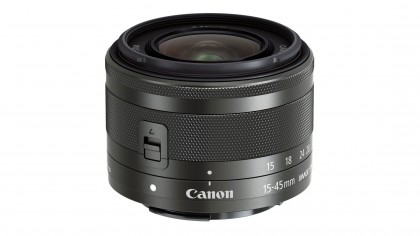Canon takes another shot at the mirrorless market with the EOS M10
The EOS M10 goes for economy rather than excitement – and there's still no viewfinder

Frankly, the new EOS M10 had us hunting through the specs for existing EOS M mirrorless cameras, not to check whether it had everything that's in the EOS M3, launched earlier this year, but to see if or how it is different to the original EOS M released way back in 2012.
There are differences. The EOS M10 has the same 18-megapixel resolution as the old EOS M, but it has Canon's faster 49-point Hybrid AF II autofocus system (though not the Hybrid AF III system in the EOS M3).
The EOS M10 also has a DIGIC 6 processor, Canon's most advanced to date, compared to the DIGIC 5 processor in the original EOS M, and while this has little impact on the continuous shooting speed (up from 4.3fps in the EOS M to 4.6fps) or ISO range (still ISO 100-12,800), it does seem to make a big difference to the EOS M10's buffer capacity. It can't store many raw files before the buffer fills up (just 7) but Canon says the EOS M10 can capture up to 1,000 JPEG images in a burst.


The EOS M10 also has a flip-up rear screen which activates the Self Portrait mode automatically when facing forwards at a 180-degree angle, and it has Wi-Fi and NFC built in.
On the other hand, the simplified external controls (there isn't even a mode dial) speak volumes about its intended audience, as does the price tag. But while the EOS M10 appears to offer little for enthusiasts, it could be just the ticket for cash-strapped novices.
Canon's new EOS M kit lens
One of the problems with compact system cameras is that while the bodies may be smaller and lighter than those of DSLRs, the lenses are just as bulky. Canon has now followed the route adopted by Olympus, Panasonic and Sony and developed a new, retractable kit lens, launched alongside the EOS M10.

The EF-M 15-45mm f/3.5-6.3 IS STM has the 3x zoom range typical of kit lenses, but with a slightly wider angle of view. Most kit lenses offer a zoom range of 28-85mm equivalent, or thereabouts, while this 15-45mm lens is equivalent to 24-72mm. For many photographers, the usefulness of the wider wideangle setting will outweigh the reduction in telephoto capability at the other end of the zoom range.
Get daily insight, inspiration and deals in your inbox
Sign up for breaking news, reviews, opinion, top tech deals, and more.
This lens incorporates an image stabilizer offering a 3.5-stop shutter speed advantage over a non-stabilized lens, and the STM focus mechanism is designed to offer smooth and near silent autofocus when shooting movies.
In movie mode, the EOS M10 has a maximum resolution of 1920 x 1080 pixels at frame rates of 30fps, 25fps and 24fps. This is the same across the EOS M range, right back to the original EOS M.
Pricing and availability
The EOS M10 and EF-M 15-45mm f/3.5-6.3 IS STM kit lens go on sale from November 2015. The EOS M10 will cost £309.99 (about US$475, AU$645) body only, and £399.99/US$599.99 (about AU$835) with the new lens. This is pretty competitive for a launch price and an indication that Canon is aiming the EOS M10 squarely at the entry-level compact system camera market currently occupied by the Nikon 1 J5, Panasonic GF7 and Fuji X-A2.
See also:

Rod is an independent photographer and photography journalist with more than 30 years' experience. He's previously worked as Head of Testing for Future’s photography magazines, including Digital Camera, N-Photo, PhotoPlus, Professional Photography, Photography Week and Practical Photoshop, and as Reviews Editor on Digital Camera World.